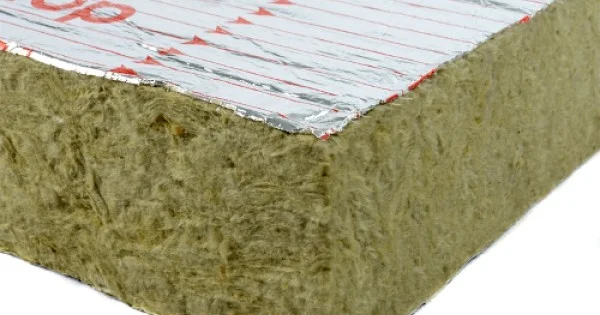
Cavity barriers play a vital role in enhancing fire safety measures within buildings. These barriers are designed to prevent the spread of fire through concealed spaces such as cavities, voids, and roof spaces, which are commonly found in multi-story buildings. By effectively compartmentalizing these areas, cavity barriers help to limit the potential for a fire to spread rapidly throughout a building, providing crucial time for occupants to evacuate safely and for firefighters to contain the blaze.
One of the key benefits of cavity barriers is their ability to restrict the movement of smoke and flames within a building. By creating a barrier that seals off cavities and voids, these fire safety components help to prevent the rapid spread of fire and smoke from one area to another. This containment of the fire can significantly reduce the damage caused by flames and smoke inhalation, ultimately saving lives and minimizing property loss.
In addition to containing fire and smoke, cavity barriers also help to maintain the structural integrity of a building during a fire. By limiting the spread of flames and heat through concealed spaces, these barriers can prevent structural elements from being compromised, such as steel beams, concrete floors, and wooden frames. This structural protection is crucial in ensuring that the building remains stable during a fire, reducing the risk of collapse and providing a safer environment for occupants and emergency responders.
Furthermore, cavity barriers can also contribute to the overall fire safety strategy of a building by providing additional time for evacuation. By compartmentalizing spaces and slowing the spread of fire, these barriers help to delay the progression of the blaze, giving occupants more time to safely exit the building. This extra time can be critical in ensuring that everyone can evacuate in an orderly and timely manner, minimizing the risk of injuries or fatalities during a fire emergency.
Another advantage of cavity barriers is their versatility and adaptability to different building designs and configurations. These barriers can be customized to fit a variety of spaces, including horizontal and vertical cavities, as well as irregular or complex voids. This flexibility allows designers and architects to incorporate cavity barriers into a wide range of building types, from high-rise apartments to commercial offices, ensuring that fire safety measures can be effectively implemented across various structures.
Moreover, cavity barriers are often made from durable and fire-resistant materials, such as intumescent strips, mineral wool, and fire-rated boards. These materials are specifically chosen for their ability to withstand high temperatures and effectively prevent the spread of fire. By investing in high-quality cavity barriers, building owners can enhance the overall fire safety of their property and provide added protection for occupants and assets.
In conclusion, cavity barriers play a critical role in enhancing fire safety measures within buildings by containing the spread of fire and smoke, maintaining structural integrity, providing additional time for evacuation, and offering versatility in design. By incorporating cavity barriers into building design and construction, property owners can significantly reduce the risk of fire-related injuries and fatalities, as well as minimize property damage. In a world where fire safety is paramount, cavity barriers are a valuable addition to any building's fire protection strategy.
Share this post: on Facebook on Google+